What Is A Tree Flare: Should I Be Able To See A Tree’s Roots
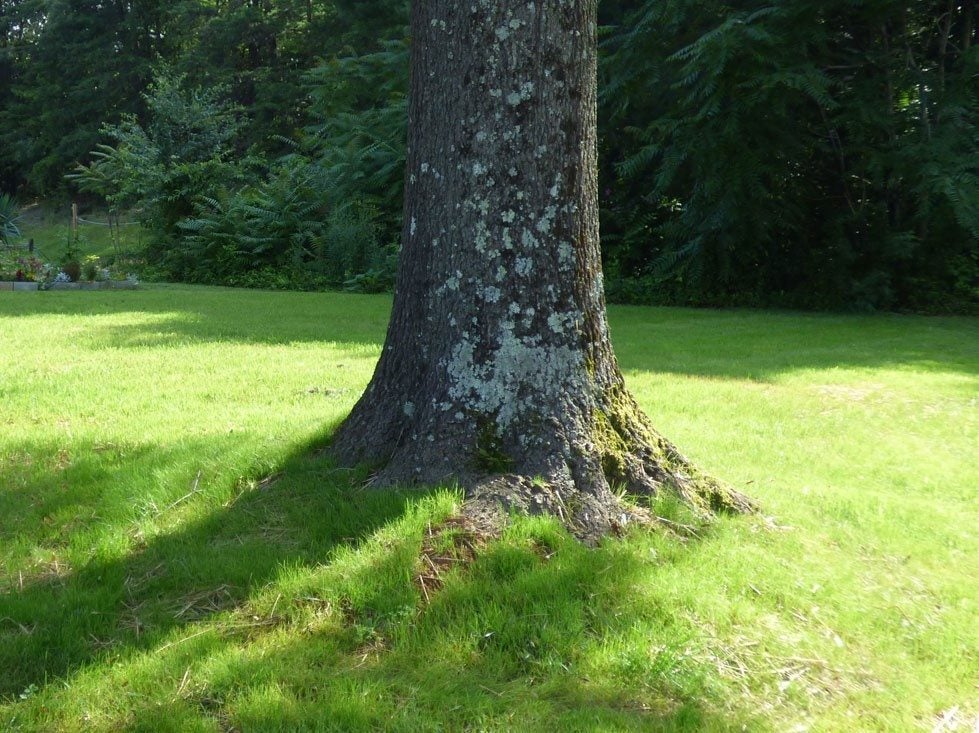
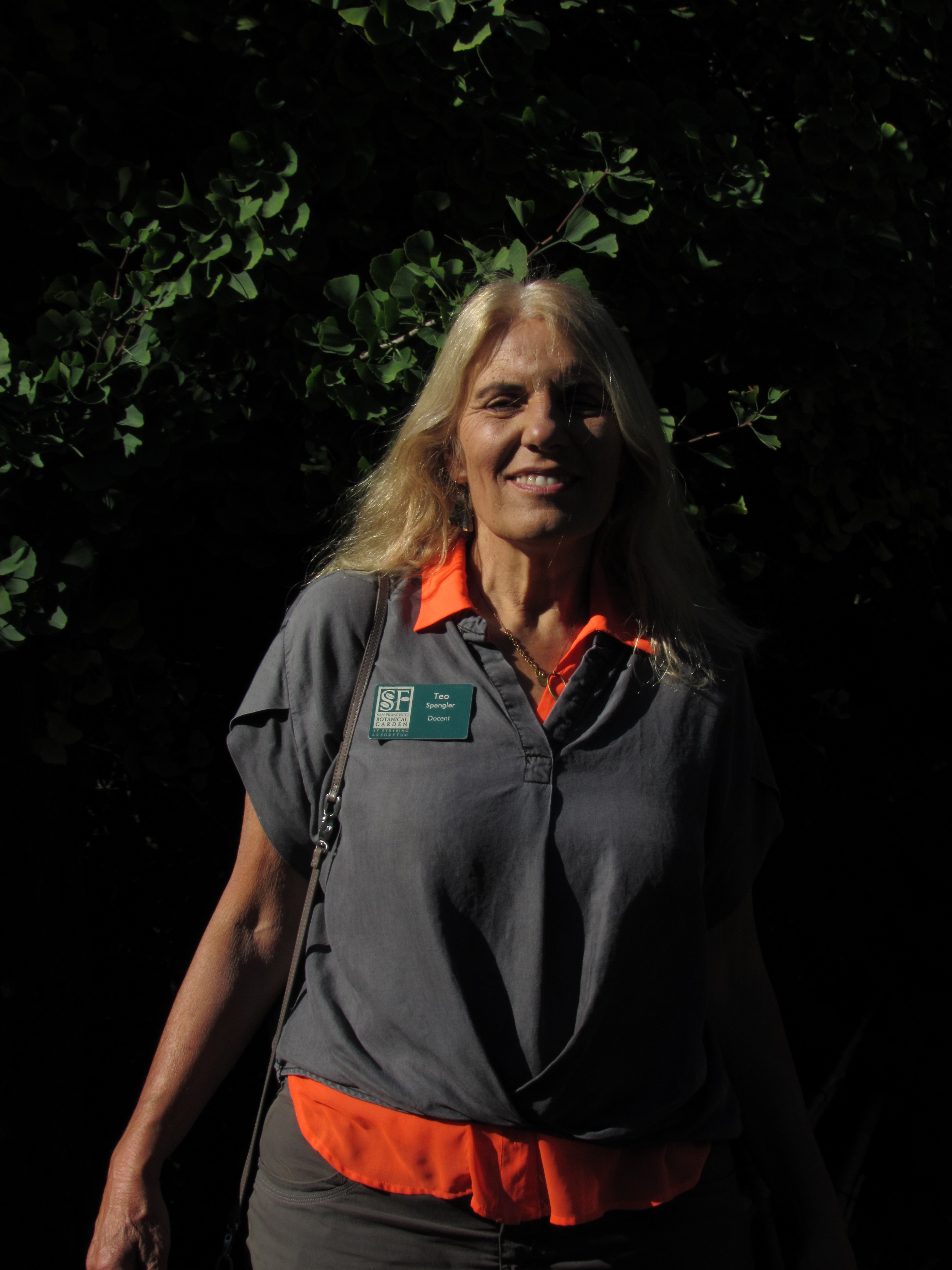
You may worry about getting thicker around the middle, but the same rules don’t apply to your trees. In the wild, tree trunks flare out just above the soil line, indicating where the root system begins. If the flare is covered with soil, the roots cannot get the oxygen the tree needs. Exactly what is a tree flare? Is root flare important? Read on for root flare information.
What is a Tree Flare?
If you aren’t experienced with tree planting, you may be curious about tree flares. A tree flare, also called root flare, is the broadening of a tree’s trunk just above the soil line. Is root flare important to a tree’s health? It is very important as an indication of where the trunk ends and the root system begins. Most roots are found in the 12 inches (30.5 cm.) of soil just below the tree flare. They stay close to the top of the soil in order to complete the oxygen exchange, essential for the tree’s survival.
Root Flare Information
When you are planting a tree in your backyard, root flare depth is of prime importance. If you plant the tree deep in the ground so that the root flare is covered with soil, the roots cannot access the oxygen the tree requires. The key to determining root flare depth when you are planting is to make a point of finding the root flare before putting the tree in the ground. Even in container-grown or ball-and-burlap trees, the tree flare can be covered by soil. Carefully remove the soil around the tree’s roots until you locate the tree flare. Dig a planting hole sufficiently shallow so that when the tree is placed in it, the flare is fully visible above the soil line. If you are worried about disturbing the tree’s roots, dig a hole to the proper depth and place the entire root ball in it. Then remove the excess soil until the root flare is fully exposed. Only then backfill the hole up to the base of the root flare. You may get the tree in the ground and wonder if you’ve done it wrong. Many gardeners ask: should I be able to see a tree’s roots? It doesn’t hurt a tree to have some of its top roots exposed. But you can protect them by covering them with a layer of mulch, right up to the base of the root flare. Remember that the root flare is actually part of the trunk, not the roots. That means it will rot if consistently exposed to moisture, as it will be under the soil. The tissue that rots is the phloem, responsible for the distribution of energy manufactured in the leaves. If phloem deteriorates, the tree is no longer able to use food energy for growth. Adjusting for proper root flare depth is essential to maintaining a healthy tree.
Gardening tips, videos, info and more delivered right to your inbox!
Sign up for the Gardening Know How newsletter today and receive a free copy of our e-book "How to Grow Delicious Tomatoes".

Teo Spengler is a master gardener and a docent at the San Francisco Botanical Garden, where she hosts public tours. She has studied horticulture and written about nature, trees, plants, and gardening for more than two decades. Her extended family includes some 30 houseplants and hundreds of outdoor plants, including 250 trees, which are her main passion. Spengler currently splits her life between San Francisco and the French Basque Country, though she was raised in Alaska, giving her experience of gardening in a range of climates.
-
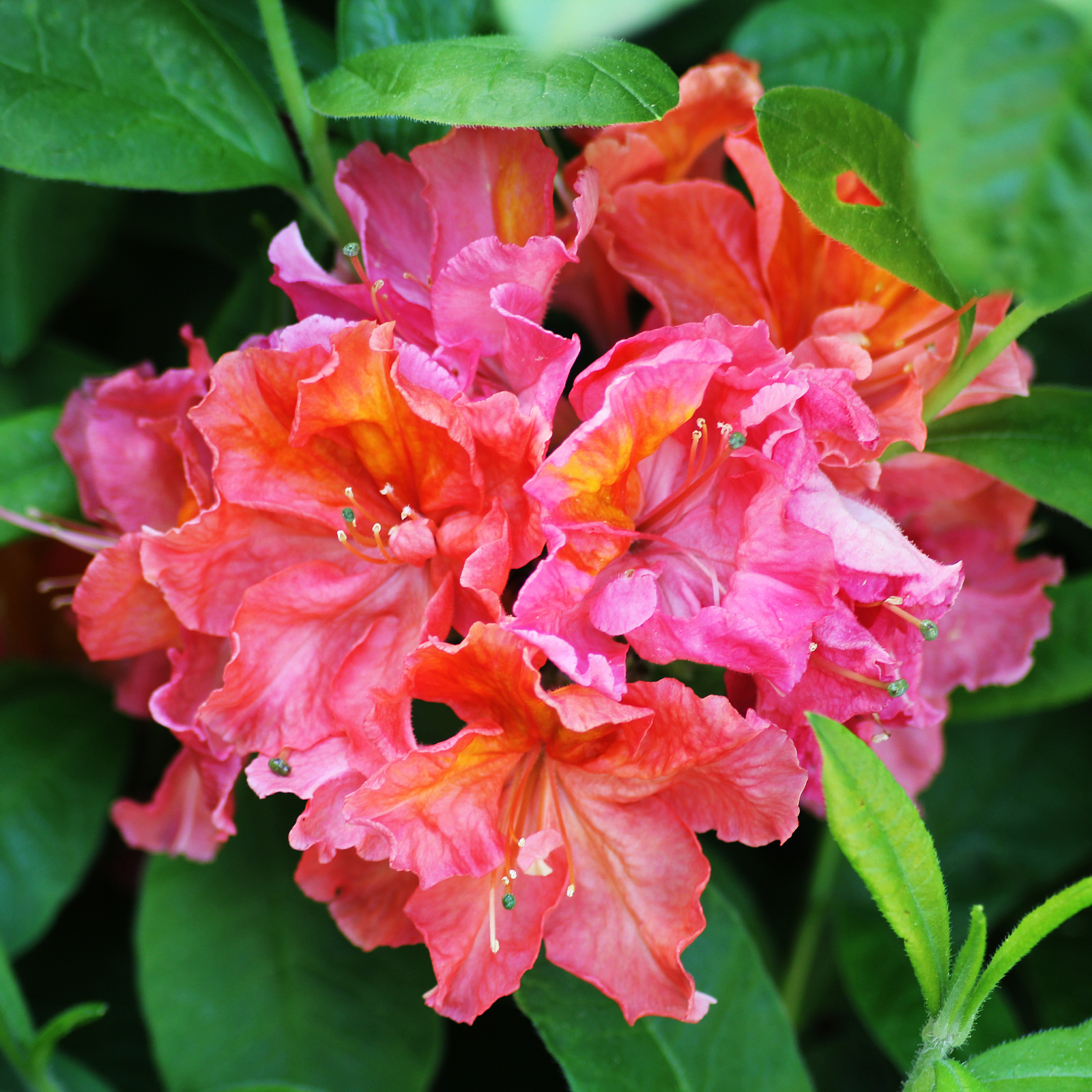 8 Noteworthy Native Azaleas Every Gardener Should Know – And Grow!
8 Noteworthy Native Azaleas Every Gardener Should Know – And Grow!Native azaleas offer brilliant blooms in a range of colors and sizes. Here are a few favorites to get inspired and start working on a native shade garden!
-
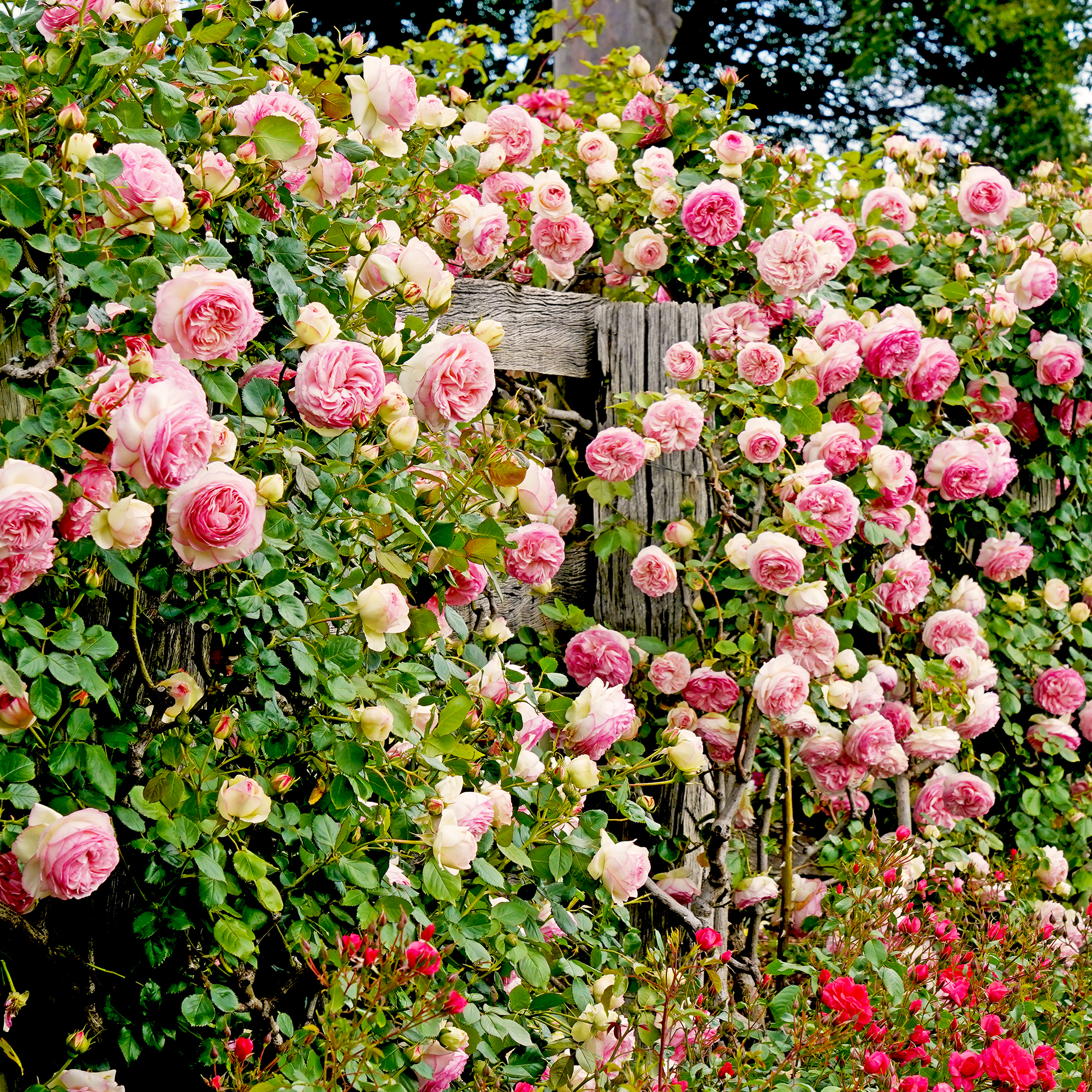 Growing Climbing Roses: How To Create Elegant Displays With Maximum Blooms
Growing Climbing Roses: How To Create Elegant Displays With Maximum BloomsMaster the art of growing stunning climbing roses with this essential guide to creating vibrant, fragrant walls and structures all summer long.
-
 Best Trees For Carbon Sequestration And Climate Change
Best Trees For Carbon Sequestration And Climate ChangeLet’s keep planting trees. They are our best bet for capturing carbon and may help with our global warming issues.
-
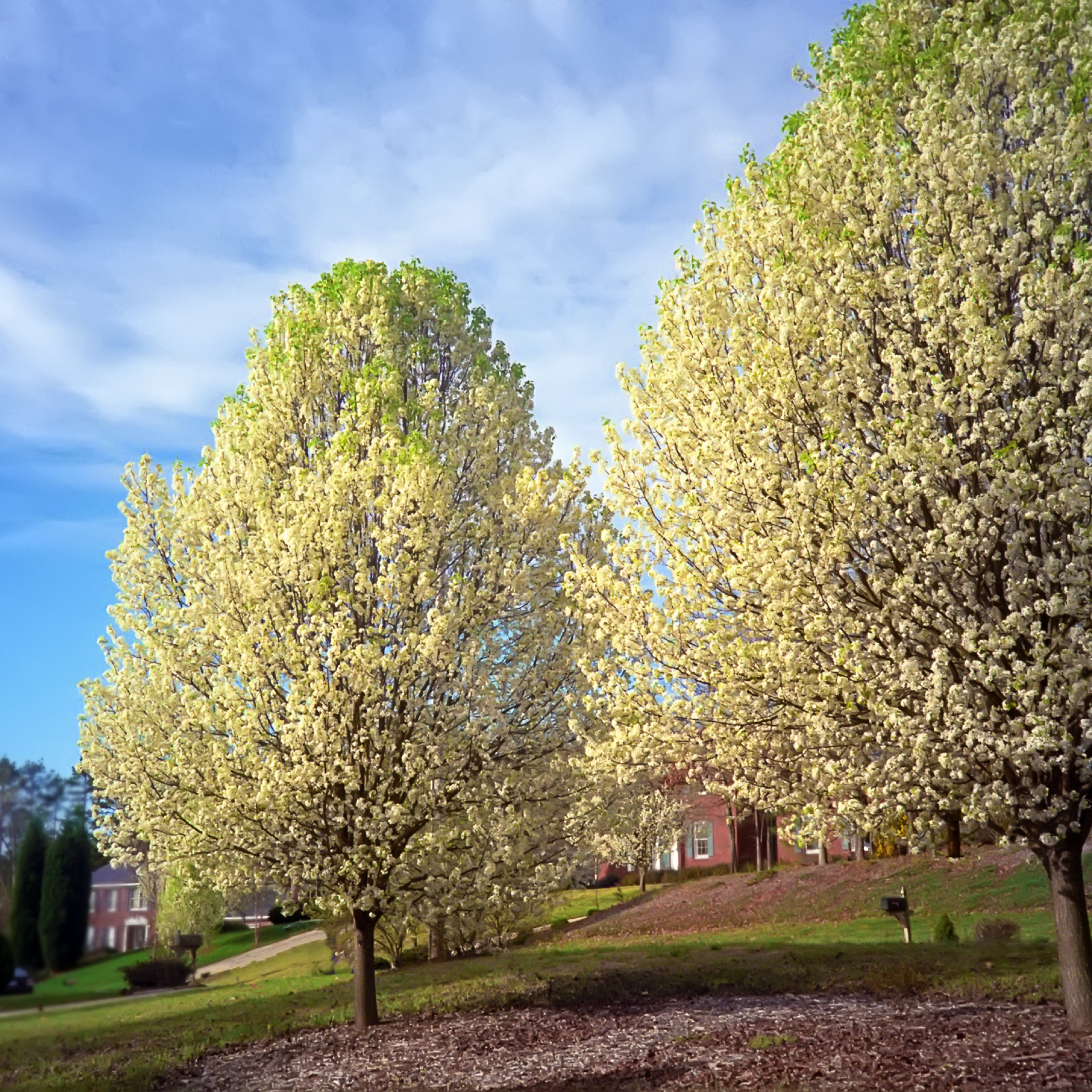 7 Invasive Trees You Should Never Plant In Your Yard Or Garden
7 Invasive Trees You Should Never Plant In Your Yard Or GardenWhat are some invasive trees you should never plant in your yard? Click here to find out.
-
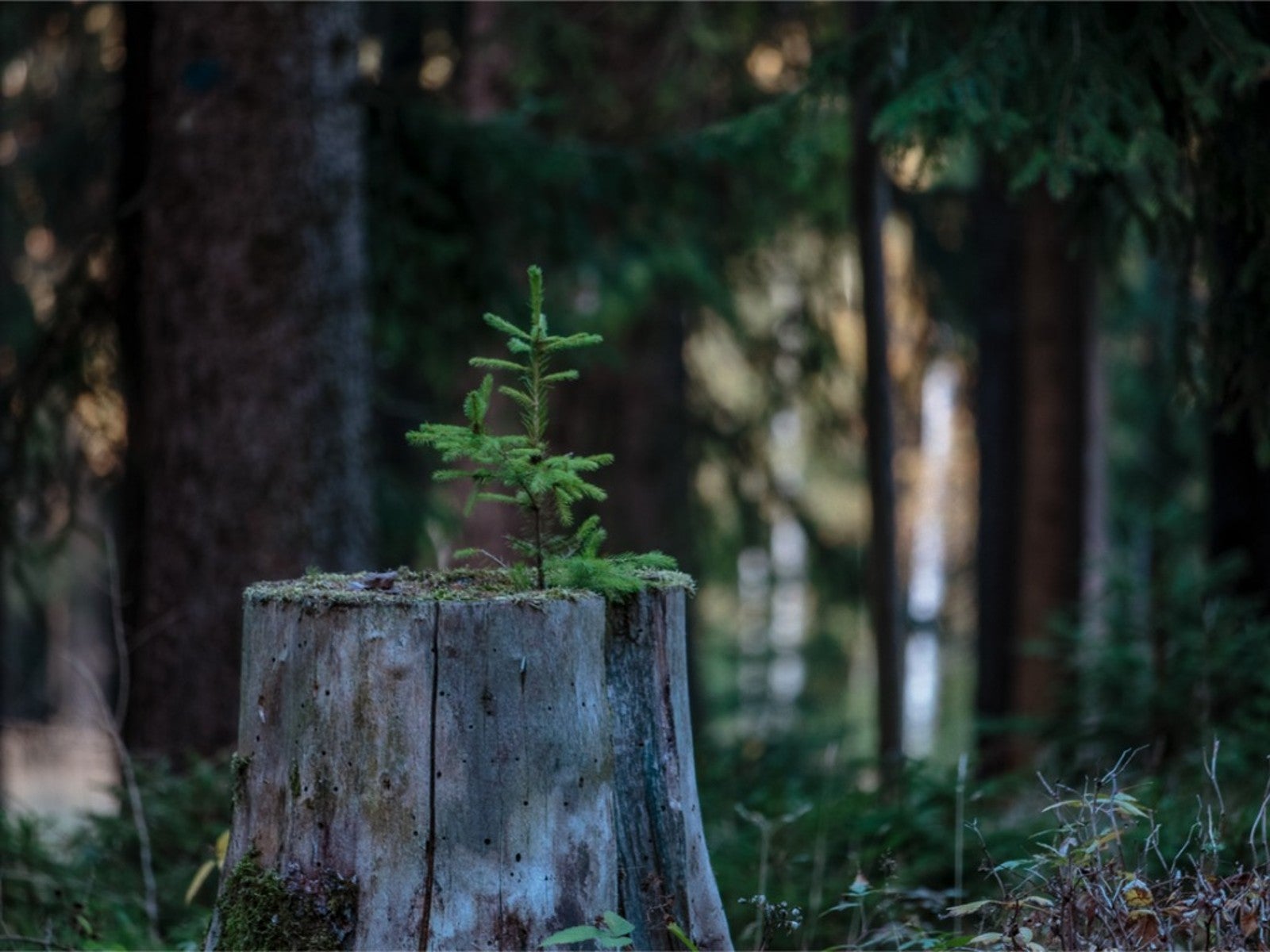 How Close Can You Plant A Tree To A Stump?
How Close Can You Plant A Tree To A Stump?Looking to plant new trees near old stumps or where stumps have been removed? Click here to learn how.
-
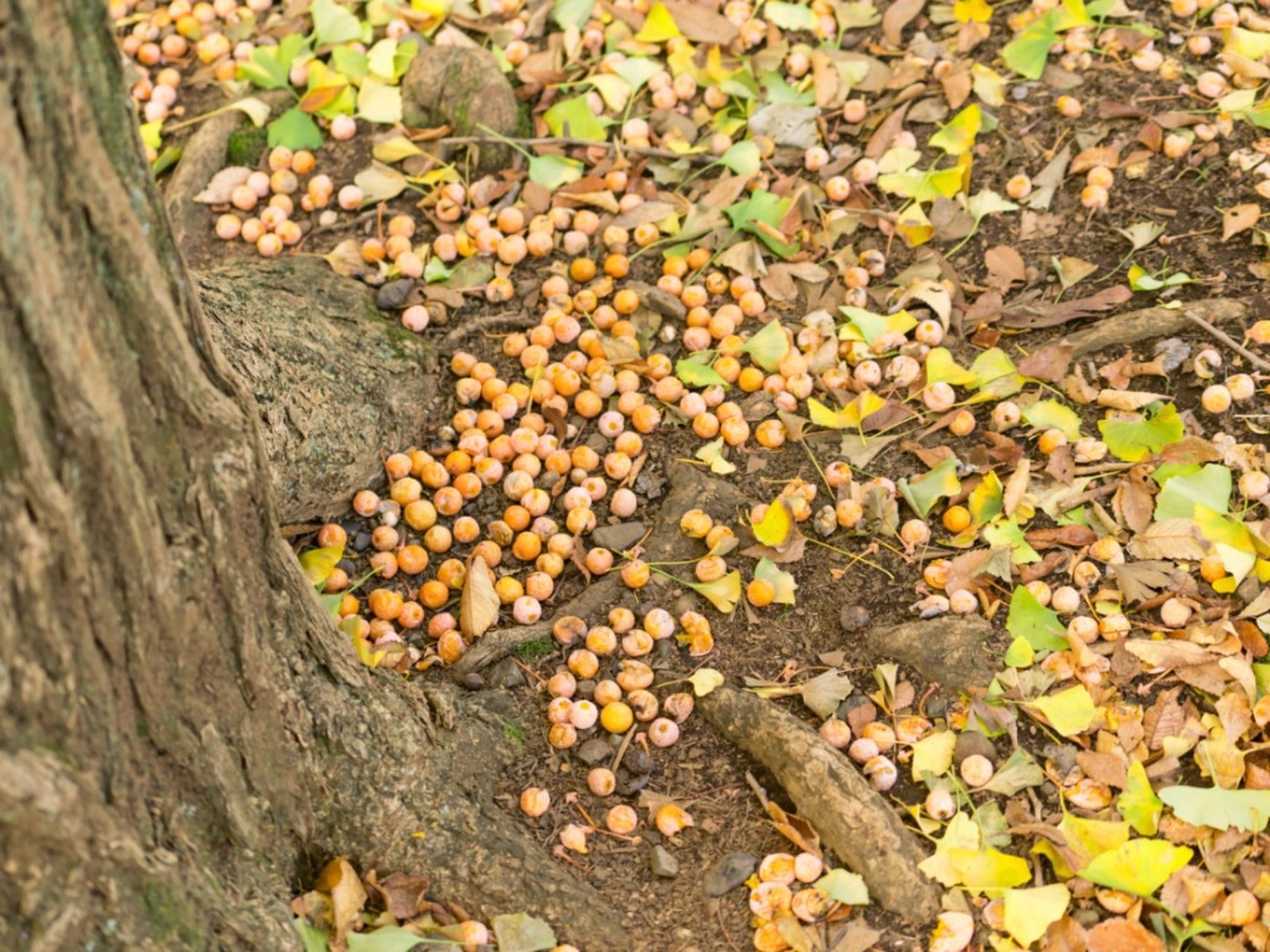 Messiest Trees That Drop Debris Everywhere
Messiest Trees That Drop Debris EverywhereWant to know which trees will create the biggest messes in your home landscape? Click here to find out.
-
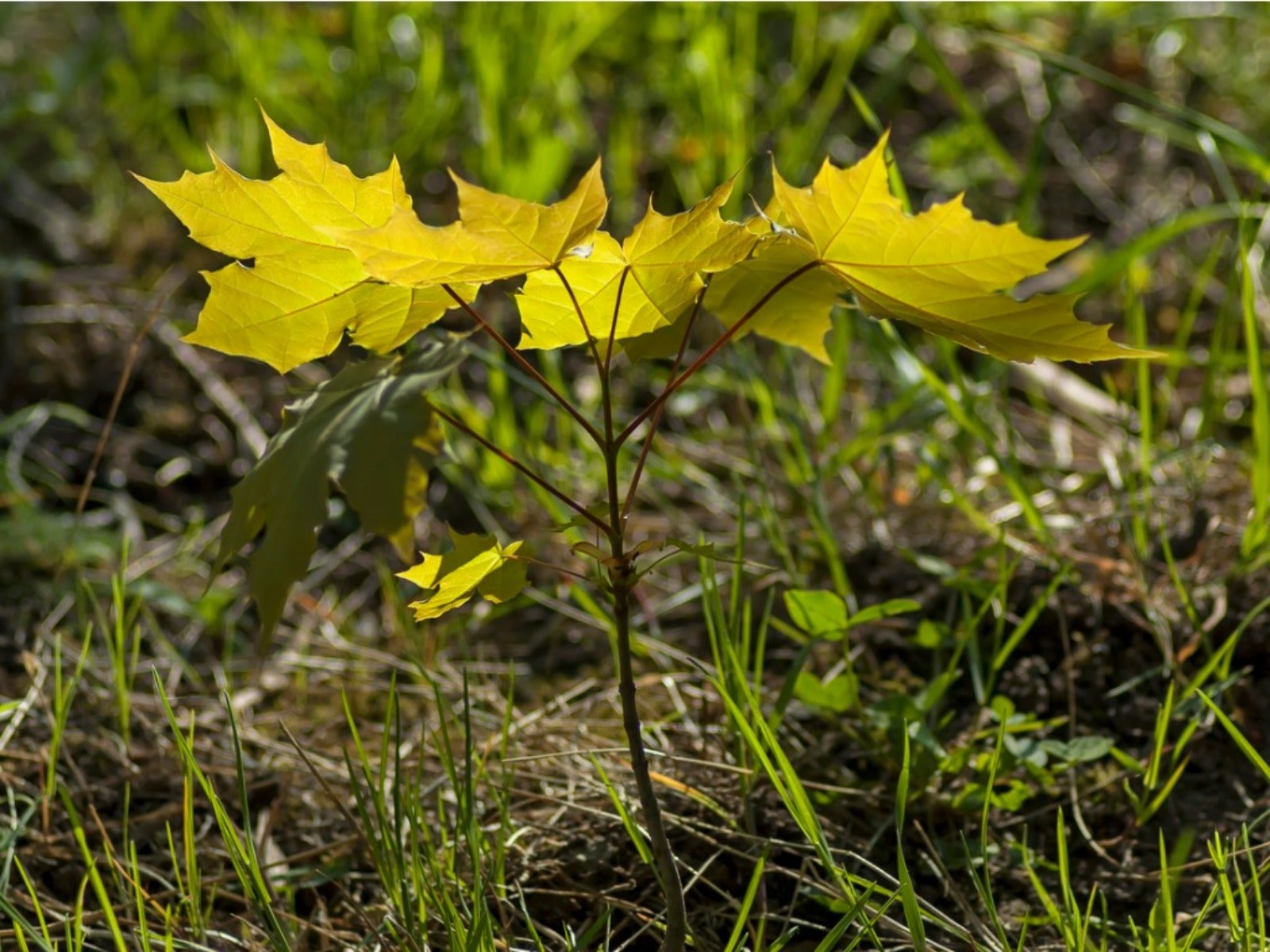 How To Get Rid Of Tree Sprouts In The Yard From Nearby Trees
How To Get Rid Of Tree Sprouts In The Yard From Nearby TreesLearn the simple way to keep pesky tree seedlings in your lawn from becoming saplings.
-
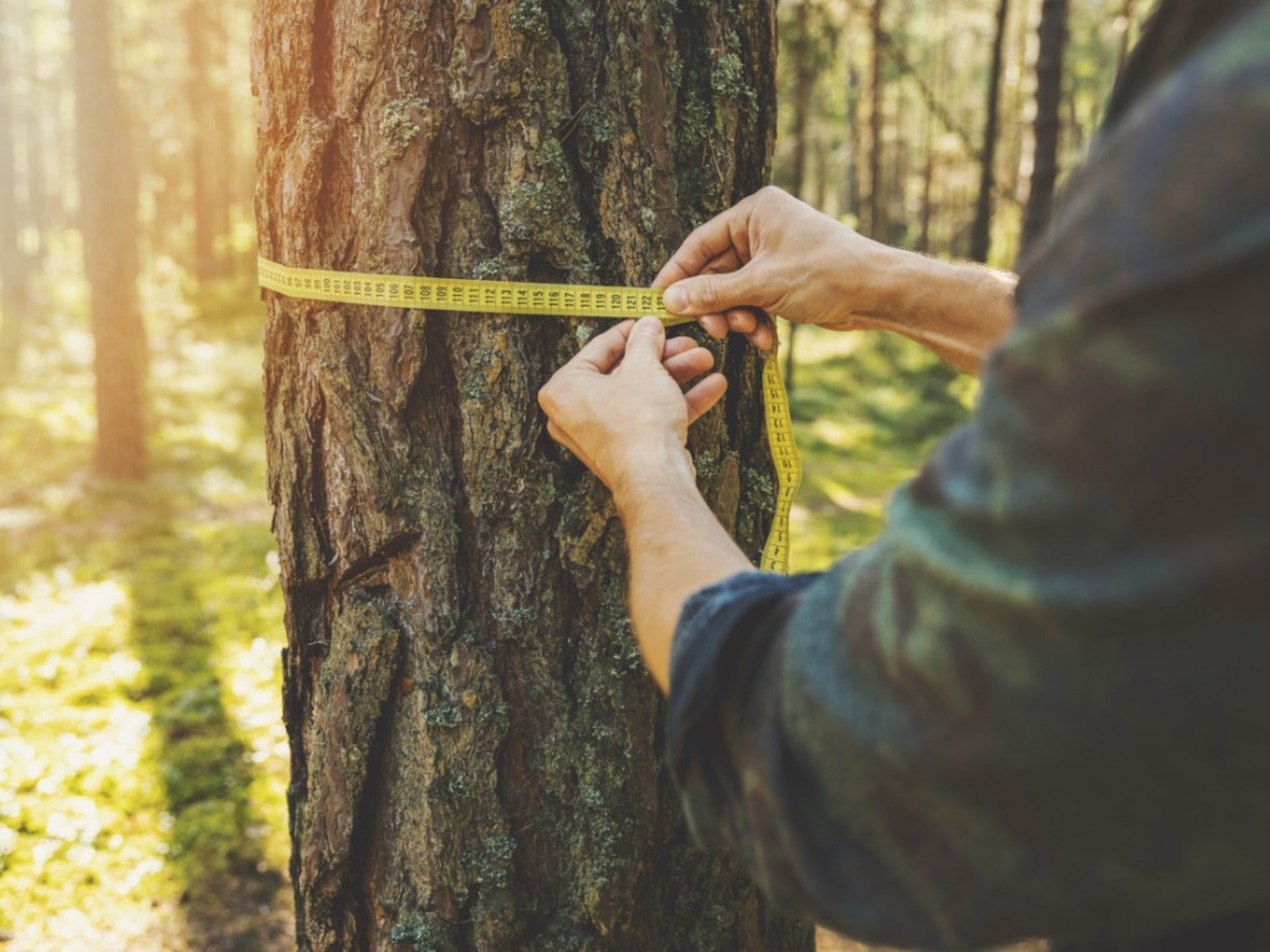 How To Tell How Old A Tree Is
How To Tell How Old A Tree IsEver wondered how to calculate the age of a tree? Click here to learn all about it.
-
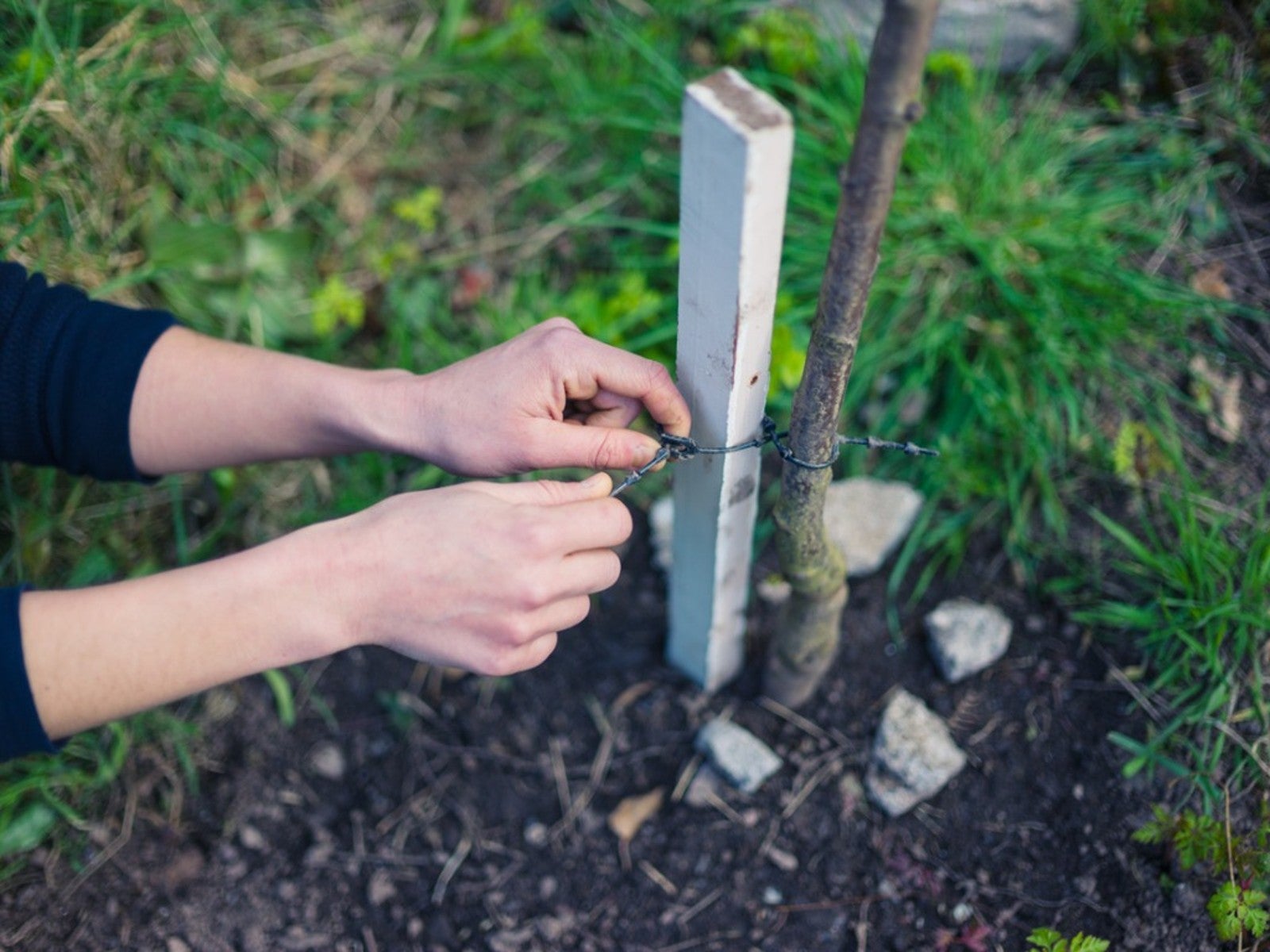 When To Remove Tree Stakes From Saplings
When To Remove Tree Stakes From SaplingsA newly planted tree may grow strong when it’s staked, but don’t forget to remove the stakes when it’s stable.
-
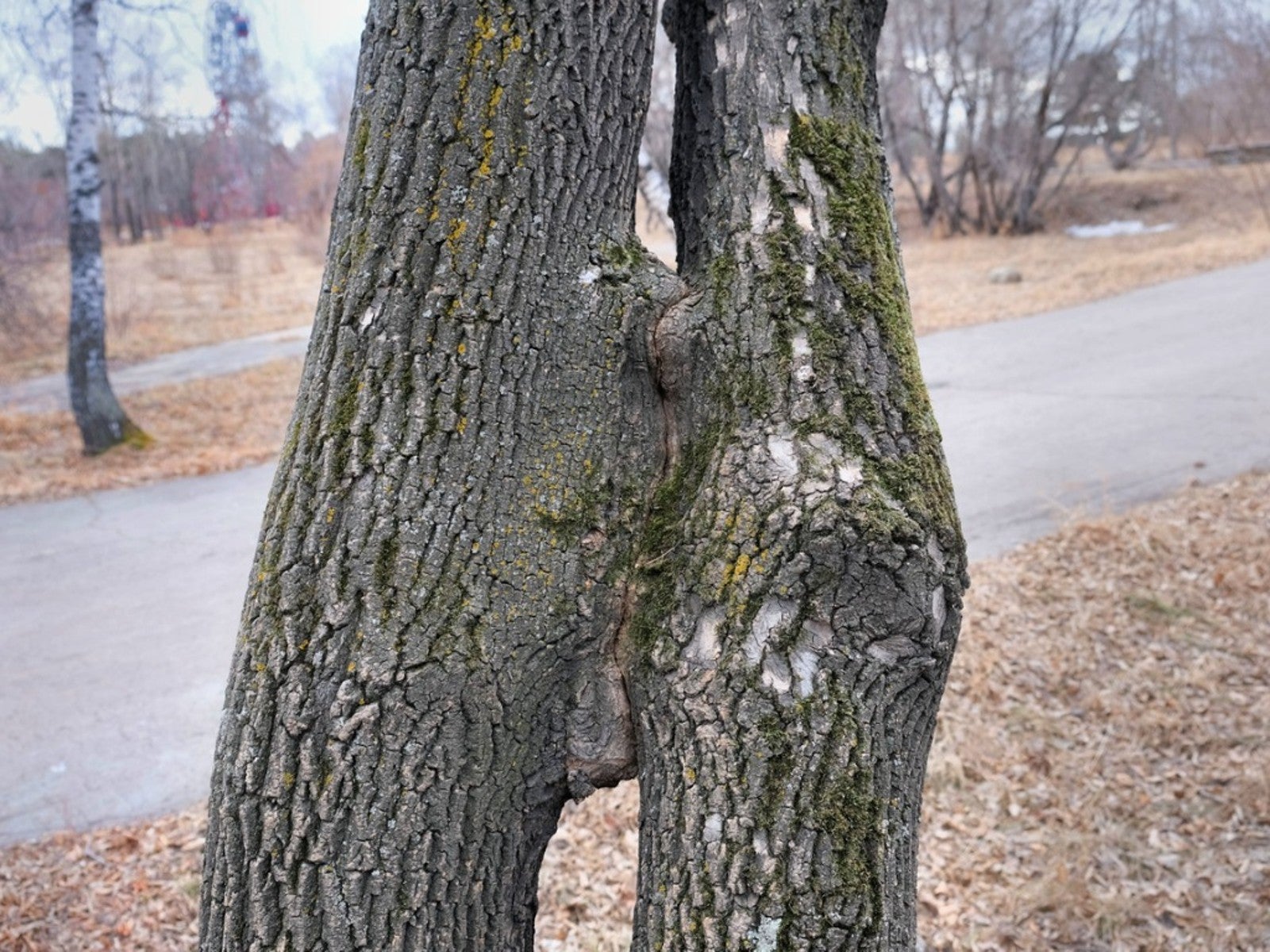 Inosculation And Trees Growing Together
Inosculation And Trees Growing TogetherIf you ever see two trees that have bonded and grown together, read here to learn why and how it happens.